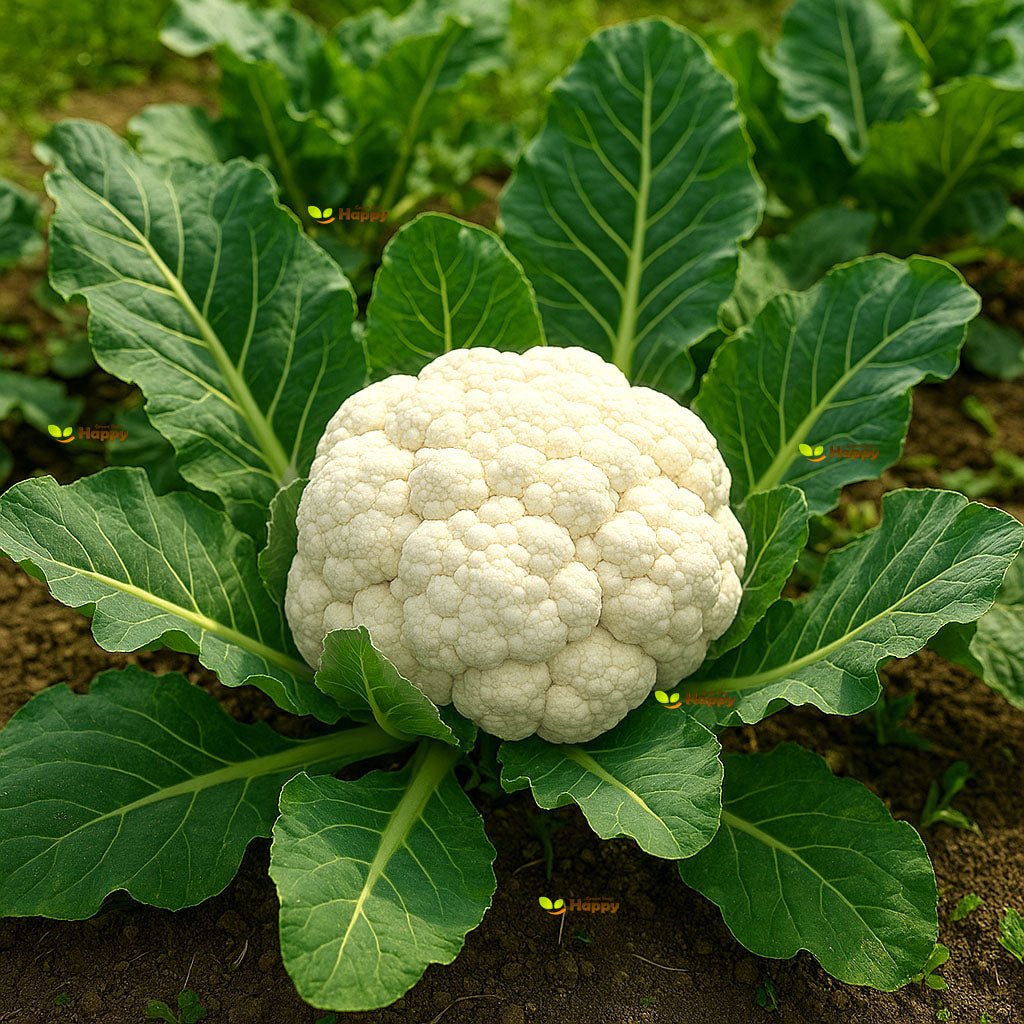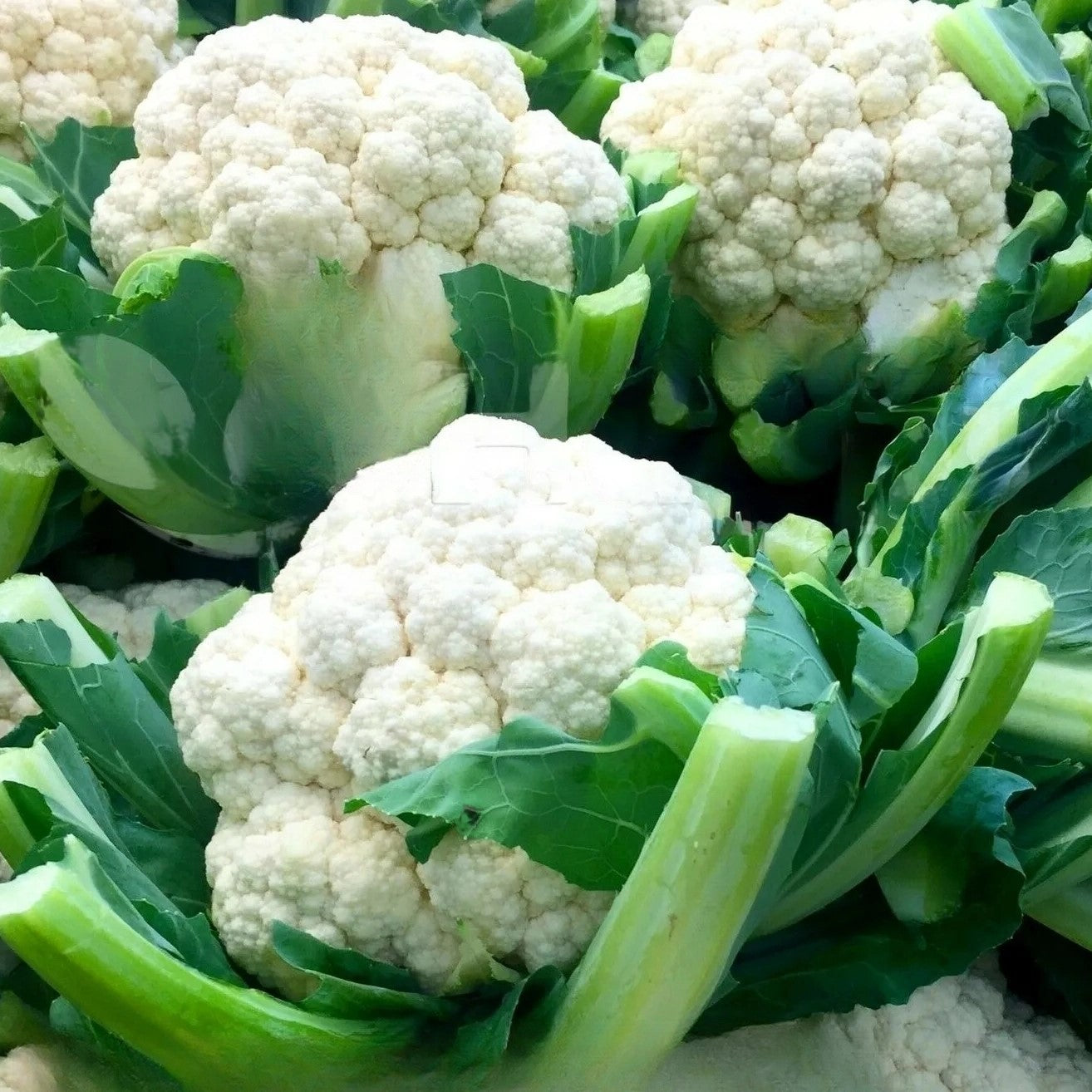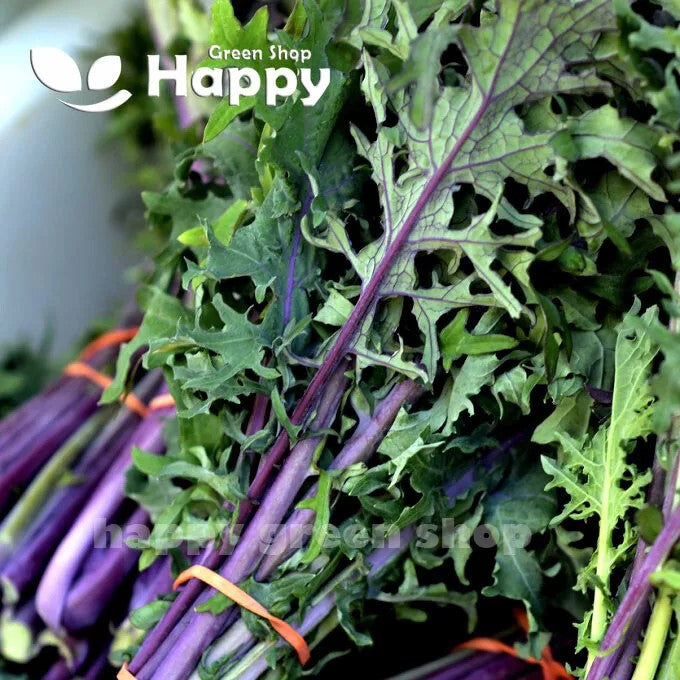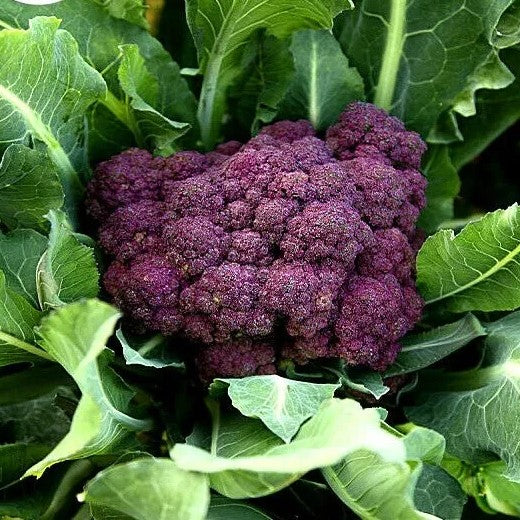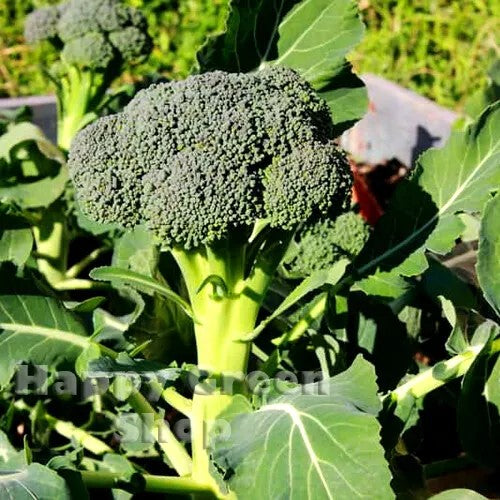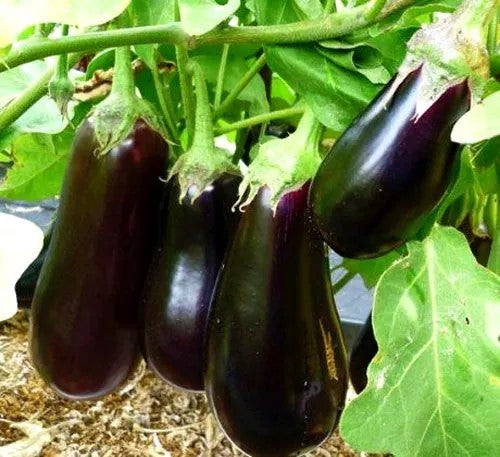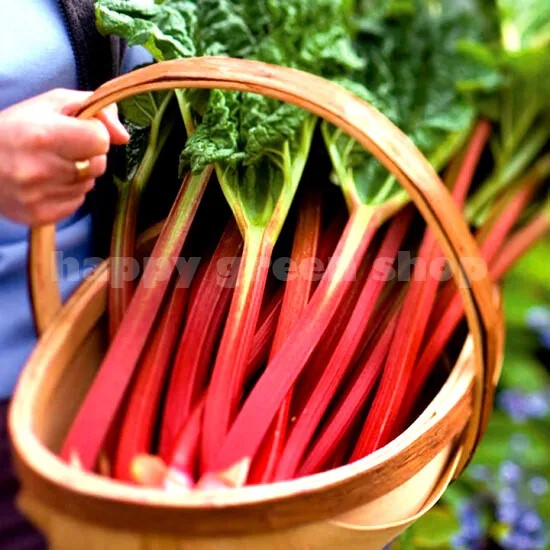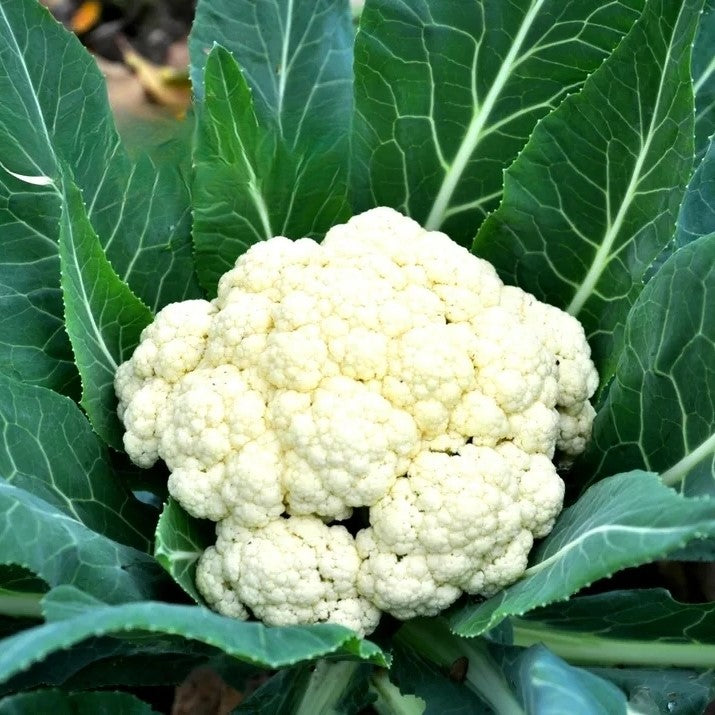Sort by:
27 products
27 products
Aubergine Eggplant ‘Black Beauty’ – 150 Seeds (Solanum melongena)
Description:
Grow classic, glossy eggplants with Aubergine ‘Black Beauty’ (Solanum melongena). This high-yielding variety produces large, dark purple fruits with tender flesh and mild flavor, perfect for grilling, roasting, or sautéing. Ideal for greenhouses, containers, and garden beds, ‘Black Beauty’ is easy to grow from seed and provides a long harvest throughout the summer. A favorite for home gardeners seeking versatile and productive eggplants.
Key Features
-
Large, glossy dark purple fruits
-
Mild, tender flesh suitable for a variety of dishes
-
High-yielding and long-harvesting variety
-
Easy to grow from seed
-
Ideal for greenhouses, containers, and garden beds
Ideal For
-
Kitchen and home vegetable gardens
-
Containers, raised beds, and greenhouse cultivation
-
Culinary use: grilling, roasting, sautéing
-
Home gardeners seeking productive eggplants
Sowing & Growing
-
Sow Indoors: February–April
-
Transplant Outdoors: May–June, after frost
-
Germination: 7–14 days at 20–25°C
-
Spacing: 50–60 cm apart
-
Support: Optional staking for heavy fruits
-
Light: Full sun
-
Soil: Fertile, well-drained, rich in organic matter
Care Tips
-
Water consistently, keeping soil evenly moist
-
Fertilize every 2–3 weeks with balanced fertilizer
-
Mulch to retain moisture and control weeds
-
Harvest when fruits are fully glossy and firm
Cauliflower ‘All The Year Round’ – Seeds (Brassica oleracea)
Description:
Enjoy reliable harvests with Cauliflower ‘All The Year Round’ (Brassica oleracea), a versatile and hardy variety suitable for spring, summer, and autumn cropping. It produces compact, white heads with excellent flavor and texture, ideal for steaming, roasting, or use in soups and casseroles. Easy to grow from seed, this dependable cauliflower performs well in most soils and weather conditions, making it perfect for home gardens and allotments.
Key Features
-
Reliable, hardy variety for multiple seasons
-
Compact, firm white curds with great flavor
-
Suitable for spring, summer, and autumn harvests
-
Tolerant of varying weather conditions
-
Easy to grow from seed
Ideal For
-
Home and kitchen gardens
-
Allotments and vegetable plots
-
Fresh cooking, freezing, and preserving
-
Year-round vegetable production
Sowing & Growing
-
Sow Indoors: January–April
-
Sow Outdoors: March–June
-
Transplant Outdoors: April–July
-
Germination: 7–14 days at 15–20°C
-
Spacing: 45–60 cm apart
-
Light: Full sun
-
Soil: Fertile, firm, well-drained
Care Tips
-
Water regularly, especially during dry periods
-
Protect young plants from pests and frost
-
Add compost or organic matter before planting
-
Harvest when heads are firm and white
Cauliflower 'Octavian' – Seeds (Brassica oleracea)
Cauliflower 'Octavian' is a reliable mid-season variety producing large, firm, creamy-white heads with a mild, delicate flavor. Ideal for steaming, roasting, soups, and gratins, it is a versatile addition to any vegetable garden.
This hardy variety performs well in a range of soils, offers excellent disease resistance, and is suitable for home gardens, allotments, and small-scale cultivation.
How to Grow
-
Sow indoors: February – April
-
Transplant outdoors: April – June
-
Depth: 0.5–1 cm
-
Spacing: 40–50 cm between plants, rows 60–70 cm apart
-
Position: Full sun, sheltered from strong winds
-
Soil: Fertile, well-drained, rich in organic matter
-
Watering: Keep soil consistently moist for optimal head development
Key Features
-
Mid-season cauliflower with large, firm, creamy-white heads
-
Mild, tender flavor suitable for steaming, roasting, soups, and gratins
-
High-yielding and reliable growth
-
Excellent disease resistance
-
Ideal for home gardens, allotments, and small-scale cultivation
Harvest
-
Harvesting period: July – September
-
Harvest heads when compact and firm to ensure the best flavor and texture.
Short Tip
Blanch the heads by folding outer leaves over them to maintain whiteness and protect from sunburn.
Kale 'Red Russian' Seeds (Brassica oleracea)
Bring color and nutrition to your garden with Kale 'Red Russian', a hardy variety with tender, oak-shaped leaves flushed with purple-red veins. Sweeter and milder than many other kales, it’s perfect for salads, smoothies, steaming, and stir-fries. Cold-hardy and easy to grow, it thrives from early spring to late winter, providing a long season of nutrient-rich harvests.
How to Grow
-
Sow indoors in early spring or direct outdoors from spring to mid-summer.
-
Prefers fertile, well-drained soil in full sun or partial shade.
-
Sow 1 cm deep in rows 45 cm apart.
-
Thin or transplant seedlings to 40–50 cm apart.
-
Harvest young leaves for salads or allow plants to mature for larger leaves.
Key Features
-
Attractive purple-red veined leaves with tender texture
-
Mild, sweet flavor compared to traditional kales
-
Cold-hardy and reliable through autumn and winter
-
Perfect for cut-and-come-again harvesting
-
Nutrient-rich superfood, high in vitamins and minerals
Ideal For
-
Fresh salads and smoothies
-
Stir-fries, soups, and steaming
-
Year-round kitchen gardens
-
Gardeners seeking hardy, reliable greens
Sowing
-
Best time: March to July
-
Depth: 1 cm
-
Row spacing: 45 cm
-
Plant spacing: 40–50 cm
-
Harvest: From 6–8 weeks after sowing
Quick Tip
-
Harvest young leaves regularly to promote fresh growth and sweeter flavor.
Winter Purple Broccoli 'Miranda' Seeds (Brassica oleracea)
Add vibrant color and delicious flavor to your winter harvest with Winter Purple Broccoli 'Miranda' (Brassica oleracea). This hardy variety produces tender, purple-speared florets with a sweet, nutty taste that stand out in the garden and kitchen. Cold-tolerant and reliable, 'Miranda' thrives through the cooler months, ensuring a healthy and colorful crop when other vegetables are scarce.
How to Grow
-
Sow seeds indoors in late spring or directly outdoors in summer.
-
Use firm, fertile, well-drained soil in full sun.
-
Sow 1 cm deep and thin seedlings to 45–60 cm apart.
-
Keep soil moist and weed-free.
-
Harvest from late autumn through winter when florets are deep purple.
Key Features
-
Winter-hardy purple broccoli variety
-
Produces tender, sweet, and nutty-flavored florets
-
Cold-tolerant and reliable in cooler months
-
Attractive and nutritious addition to meals
-
Long cropping season from late autumn to winter
Ideal For
-
Winter gardens and cold-weather growing
-
Steaming, roasting, or stir-fries
-
Nutritious side dishes and healthy meals
-
Gardeners looking for reliable winter crops
Sowing
-
Best time: Late spring to mid-summer
-
Depth: 1 cm
-
Spacing: 45–60 cm apart
-
Prefers fertile, firm, well-drained soil in full sun
Quick Tip
-
Cut the main head first to encourage side shoots for extended harvesting.
Winter Broccoli 'Ramoso Calabrese' Seeds (Brassica oleracea)
Enjoy fresh, homegrown broccoli even in the cooler months with Winter Broccoli 'Ramoso Calabrese'. This traditional Italian variety is prized for its tender green shoots and rich, nutty flavor. Perfect for winter cropping, it produces multiple side shoots after the main head is cut, extending your harvest well into the season. A reliable and tasty addition to any winter vegetable garden.
How to Grow
-
Sow indoors from March to May or outdoors from April to June.
-
Transplant seedlings when large enough, spacing 45–60 cm apart.
-
Prefers fertile, well-drained soil in full sun.
-
Keep plants well-watered during dry spells.
-
Harvest main head first, then enjoy repeat harvests from side shoots.
Key Features
-
Traditional Italian winter broccoli variety
-
Produces tender, nutty-flavored green heads
-
Multiple side shoots for extended cropping
-
Hardy and reliable in cooler conditions
-
Great for steaming, roasting, or stir-fries
Ideal For
-
Winter and early spring vegetable gardens
-
Gardeners who want extended harvests
-
Nutritious, homegrown cooking
-
Allotments and kitchen gardens
Sowing
-
Best time: March to June
-
Depth: 1 cm
-
Spacing: 45–60 cm between plants
-
Position: Full sun, fertile soil
-
Harvest: November to March
Quick Tip
-
Cut the central head early to encourage plenty of side shoots for a longer, more abundant harvest.
Aubergine ‘Halflange Violette’ Seeds (Solanum melongena)
Grow flavorful, glossy vegetables with Aubergine ‘Halflange Violette’ (Solanum melongena). This compact variety produces medium-sized, deep purple fruits with tender flesh, perfect for grilling, roasting, or baking. Easy to cultivate in warm climates or greenhouses, it offers a high-yield, homegrown harvest of versatile aubergines.
How to Grow
-
Sow seeds indoors 8–10 weeks before the last frost.
-
Use well-drained, fertile soil in a warm, sunny location.
-
Sow seeds 0.5–1 cm deep and keep soil consistently moist.
-
Maintain a temperature of 22–26°C for optimal germination (10–14 days).
-
Transplant seedlings outdoors or into large containers after all risk of frost has passed, spacing 50–60 cm apart.
-
Water regularly and support plants if necessary.
-
Harvest fruits when fully colored, firm, and glossy.
Key Features
-
Medium-sized, deep purple fruits with tender flesh
-
Compact, high-yield variety
-
Ideal for grilling, roasting, baking, and fresh cooking
-
Easy to grow in warm climates or greenhouses
-
Attractive, glossy vegetables for garden or container planting
Ideal For
-
Vegetable gardens, raised beds, and large containers
-
Grilling, roasting, baking, and culinary use
-
Homegrown, high-yield aubergines
-
Greenhouse cultivation in cooler regions
Sowing
-
Best time: 8–10 weeks before last frost indoors
-
Depth: 0.5–1 cm
-
Spacing: 50–60 cm apart outdoors
-
Prefers full sun, warm conditions, and fertile, well-drained soil
Quick Tip
-
Pinch the growing tips to encourage bushier growth and higher fruit production.
Rhubarb ‘Glaskins Perpetual’ Seeds (Rheum rhabarbarum)
Enjoy a reliable and long-lasting harvest with Rhubarb ‘Glaskins Perpetual’ (Rheum rhabarbarum). This traditional variety produces thick, juicy red stalks with a tangy-sweet flavor, perfect for pies, crumbles, jams, and desserts. Unlike many types, it can be harvested in the first year, making it a favorite for gardeners who want quicker results. Hardy, vigorous, and easy to grow, it’s a must-have perennial for the kitchen garden.
How to Grow
-
Sow seeds indoors in spring, or outdoors after the last frost.
-
Use fertile, well-drained soil in full sun or partial shade.
-
Sow seeds 1–2 cm deep and thin seedlings to 60–90 cm apart.
-
Keep soil consistently moist during germination (14–21 days).
-
Harvest lightly in the first year, then more freely from the second year onward.
Key Features
-
Traditional variety with juicy red stalks
-
Tangy-sweet flavor, perfect for desserts and preserves
-
Can be harvested in the first year
-
Hardy, vigorous, and long-lived perennial
-
Easy to grow in gardens and allotments
Ideal For
-
Kitchen gardens and allotments
-
Pies, crumbles, jams, and preserves
-
Gardeners seeking a quick-to-harvest rhubarb variety
-
Perennial, low-maintenance crops
Sowing
-
Best time: Spring indoors or after frost outdoors
-
Depth: 1–2 cm
-
Spacing: 60–90 cm apart
-
Prefers full sun or partial shade with fertile soil
Quick Tip
-
Avoid harvesting too heavily in the first year to allow plants to establish strong roots for future crops.
Cauliflower 'Delta' – Seeds (Brassica oleracea)
Cauliflower 'Delta' is a high-yielding, early-maturing variety producing large, compact, creamy-white heads. Its tender curds and mild flavor make it ideal for steaming, roasting, soups, or fresh in salads.
Reliable and easy to grow, 'Delta' thrives in both home gardens and allotments, offering consistent quality and excellent resistance to common diseases.
How to Grow
-
Sow indoors: February – April
-
Transplant outdoors: April – June
-
Depth: 0.5–1 cm
-
Spacing: 40–50 cm between plants, rows 60–70 cm apart
-
Position: Full sun, sheltered from strong winds
-
Soil: Fertile, well-drained, rich in organic matter
-
Watering: Keep soil consistently moist, avoid water stress
Key Features
-
Early-maturing variety with large, compact, creamy-white heads
-
Mild, tender flavor perfect for steaming, roasting, and soups
-
High-yielding and reliable growth
-
Excellent resistance to common cauliflower diseases
-
Suitable for home gardens, allotments, and small-scale cultivation
Harvest
-
Harvesting period: June – September
-
Pick heads when compact and firm for best flavor and storage.
Short Tip
Tie outer leaves over the developing heads to protect from sunburn and maintain whiteness.
Showing 9/27



